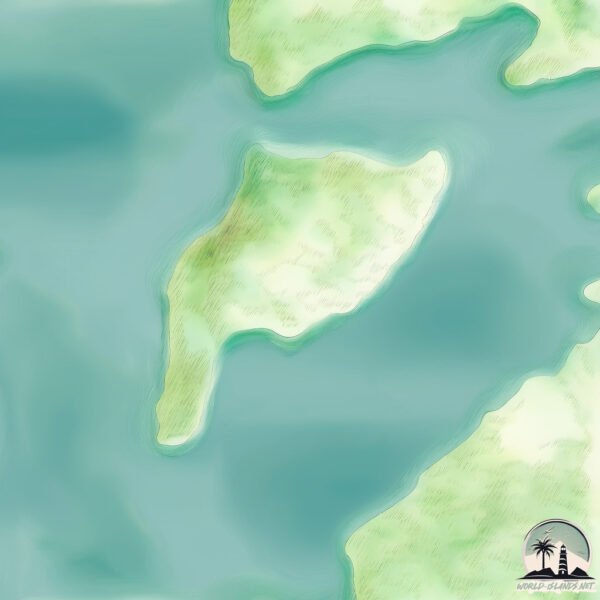Big Lake Cay

Welcome to Big Lake Cay, a Tropical island in the North Atlantic Ocean, part of the majestic Atlantic Ocean. This guide offers a comprehensive overview of what makes Big Lake Cay unique – from its geography and climate to its population, infrastructure, and beyond. Dive into the details:
- Geography and Size: Explore the island’s size and location.
- Climate and Weather: Weather patterns and temperature.
- Topography and Nature: Uncover the natural wonders of the island.
- Infrastructure and Travelling: Insights on reaching, staying, and making the most of your visit.
- News and Headlines: Latest News.
Geography and size of Big Lake Cay
Size: 1.603 km²
Coastline: 7.2 km
Ocean: Atlantic Ocean
Sea: North Atlantic Ocean
Continent: North America
Big Lake Cay is a Small Island spanning 1.6 km² with a coastline of 7.2 km.
Archipel: Bahama Islands – An archipelago in the Atlantic Ocean, known for their stunning beaches, coral reefs, and vibrant culture.
Tectonic Plate: North America – Covers North America and parts of the Atlantic and Arctic Oceans, characterized by diverse geological features and varying levels of seismic activity.
The geographic heart of the island is pinpointed at these coordinates:
Latitude: 26.65125975 / Longitude: -77.35171986
Climate and weather of Big Lake Cay
Climate Zone: Tropical
Climate Details: Tropical Monsoon Climate
Temperature: Hot
Climate Characteristics: Characterized by heavy rainfall, high humidity, and uniformly high temperatures, but with a distinct short dry season. It features a seasonal reversal of prevailing wind directions.
Topography and nature of Big Lake Cay
Timezone: UTC-05:00
Timezone places: America/New_York
Max. Elevation: -70 m
Mean Elevation: -131 m
Vegetation: Evergreen Needleleaf Forest
Tree Coverage: 47%
The mean elevation is -131 m. Remarkably, this unique island barely emerges above the sea level, showcasing nature’s fascinating interplay with the ocean. The island is characterized by Plains: Flat, low-lying lands characterized by a maximum elevation of up to 200 meters. On islands, plains are typically coastal lowlands or central flat areas.
Dominating Vegetation: Evergreen Needleleaf Forest
Dominated by evergreen coniferous trees such as pines and firs, which retain their needle-like leaves throughout the year. These forests are often found in cooler climates. Big Lake Cay has a tree cover of 47 %.
Vegetation: 2 vegetation zones – Low Diversity Island
Islands with two distinct vegetation zones offer slightly more ecological variety. These zones could be due to differences in elevation, moisture, or other environmental factors. While still limited in biodiversity, these islands may offer a contrast between the two zones, such as a coastline with mangroves and an inland area with grassland.
Infrastructure and Travelling to Big Lake Cay
Does the island have a public airport? no.
There is no public and scheduled airport on Big Lake Cay. The nearest airport is Treasure Cay Airport, located 11 km away.
Does the island have a major port? no.
There are no major ports on Big Lake Cay. The closest major port is SOUTH RIDING POINT, approximately 95 km away.
The mean population of Big Lake Cay is 16 per km². Big Lake Cay is Gently Populated. The island belongs to The Bahamas.
Continuing your journey, Great Abaco is the next notable island, situated merely km away.
Big Farmers Cay, Exumas



The Bahamas is classified as Developing region: Regions characterized by lower income levels, with economies in the process of industrialization and modernization. The level of income is High income: nonOECD.
News – Latest Updates and Headlines from Big Lake Cay
Stay informed with the most recent news and important headlines from Big Lake Cay. Here’s a roundup of the latest developments.
Please note: The data used here has been primarily extracted from satellite readings. Deviations from exact values may occur, particularly regarding the height of elevations and population density. Land area and coastline measurements refer to average values at mean high tide.
